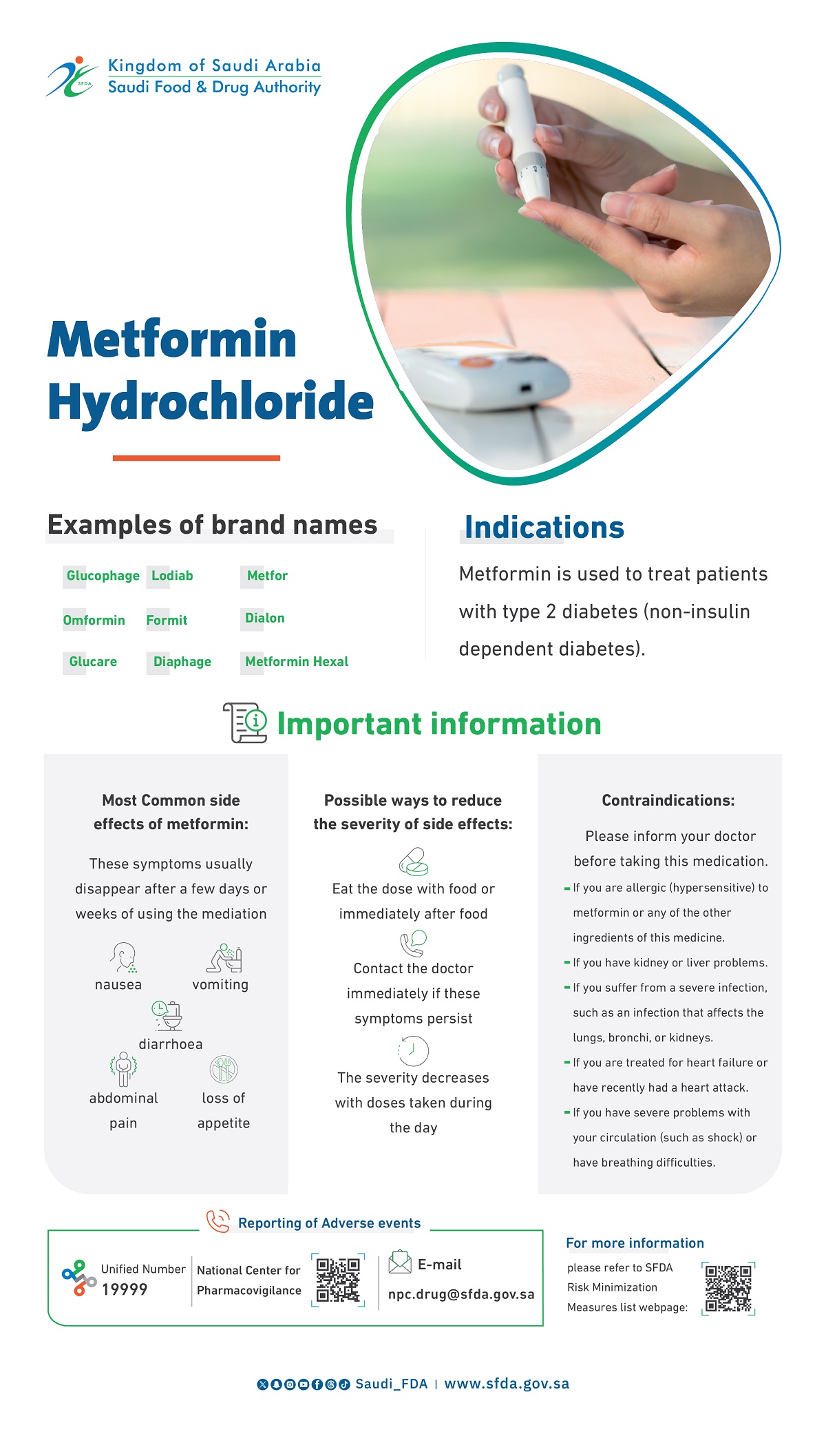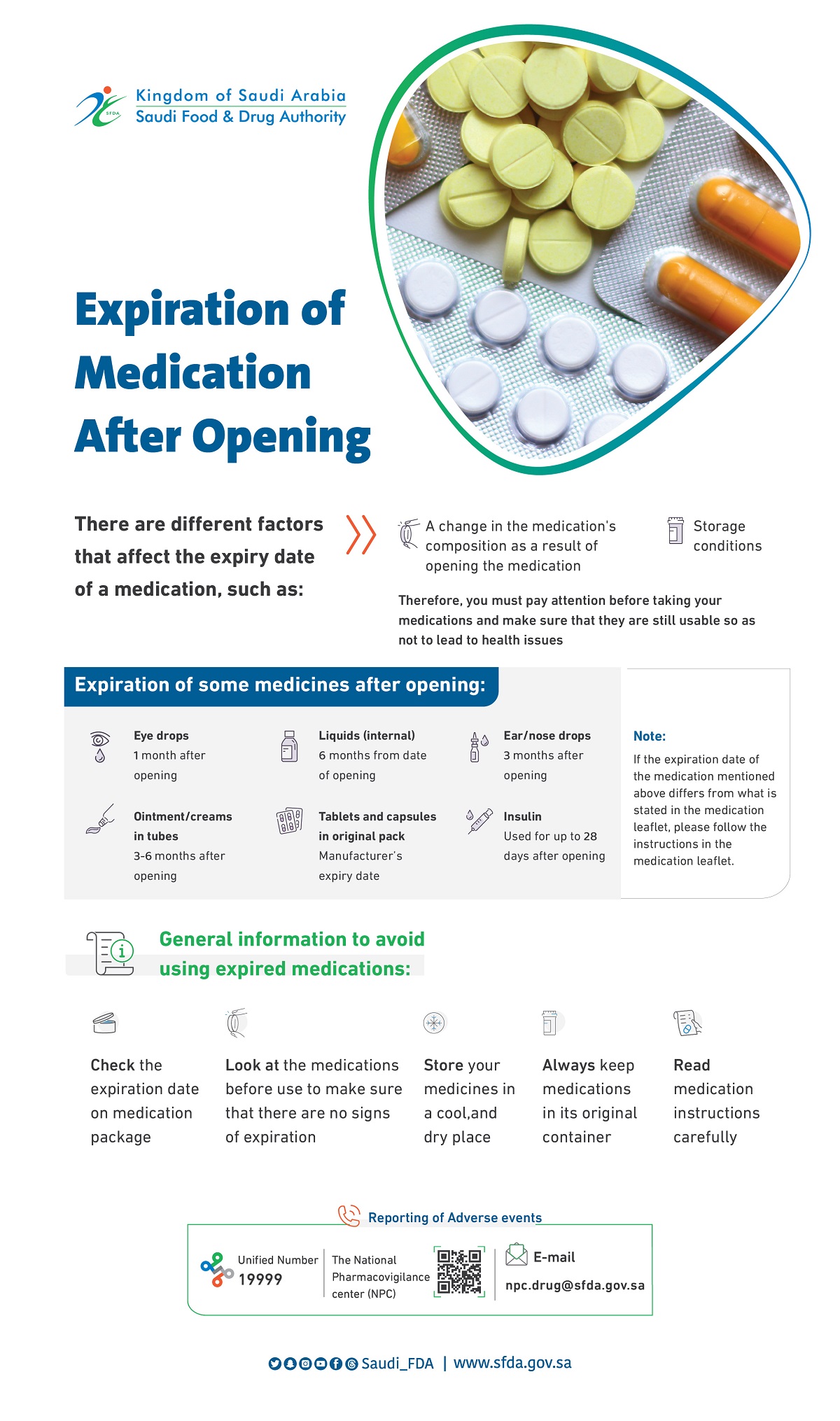

-
About SFDA
About SFDA
SFDA in vision 2030
Authority Strategy
Career and Life
- Information Lists
-
Areas
- Consumer Corner
- Media Centre
- Eservices
Sequential Therapy Appears Superior to Standard Therapy for Helicobacter pylori Infection in Patients Naive to Treatment
Sequential Therapy Appears Superior to Standard Therapy for Helicobacter pylori Infection in Patients Naive to Treatment
Sequential Therapy Appears Superior to Standard Therapy for Helicobacter pylori Infection in Patients Naive to Treatment
2008-05-27
Background: Standard proton-pump inhibitor–based therapy for Helicobacter pylori infection fails in up to one quarter of patients. Sequential therapy may be more efficacious.
Purpose: To compare sequential therapy with standard triple therapy for H. pylori infection.
Study Selection: Randomized, controlled trials (RCTs) comparing sequential and standard triple therapies in treatment-naive patients with documented H. pylori infection.
Data Extraction: 3 reviewers independently assessed trial eligibility and quality and extracted data on eradication.
Data Synthesis: The crude rates of H. pylori eradication in 10 RCTs involving 2747 patients were 93.4% (95% CI, 91.3% to 95.5%) for sequential therapy (n = 1363) and 76.9% (CI, 71.0% to 82.8%) for standard triple therapy (n = 1384) (relative risk reduction, 71% [CI, 64% to 77%]; absolute risk reduction, 16 percentage points [CI, 14 to 19 percentage points]). The median rates of adherence were 97.4% (range, 90.0% to 98.9%) for sequential therapy and 96.8% (range, 93.0% to 100%) for standard therapy. Sequential therapy appeared superior in prespecified sensitivity (subgroup) analyses stratified by trial quality; smoking status; diagnosis (ulcer disease or nonulcer dyspepsia); resistance to clarithromycin, imidazoles, or both; duration of triple therapy; and method of diagnosis. Both treatments had similar side effect profiles.
Limitations: Only 1 study was double-blinded. Most patients were from Italy. There was clear evidence of publication bias.
Conclusions: Sequential therapy appears superior to standard triple therapy for eradication of H. pylori infection. If RCTs in other countries confirm these findings, 10-day sequential therapy could become a standard treatment for H. pylori infection in treatment-naive patients.
Annals of Internal Medicine Volume 148 Issue 12




